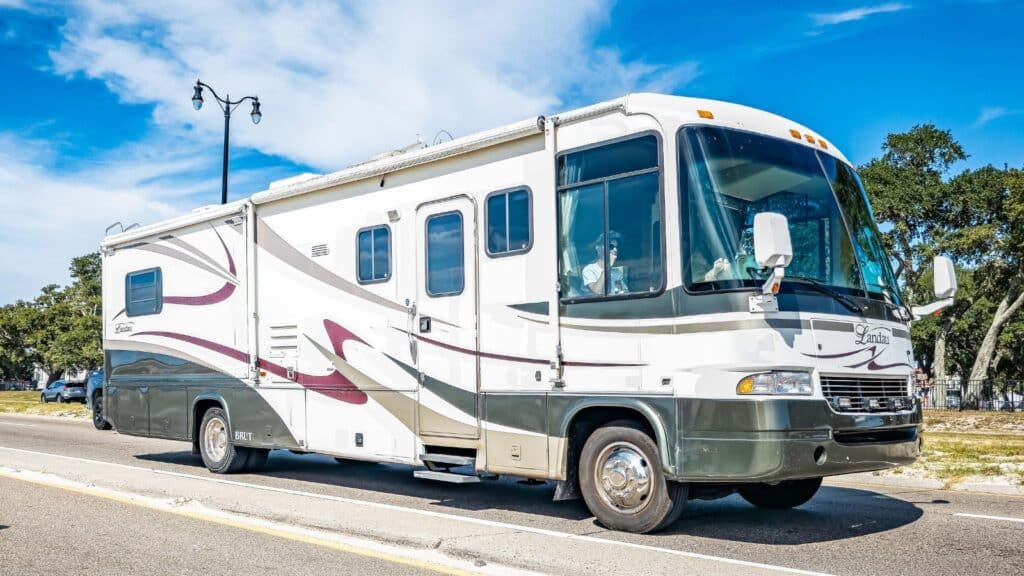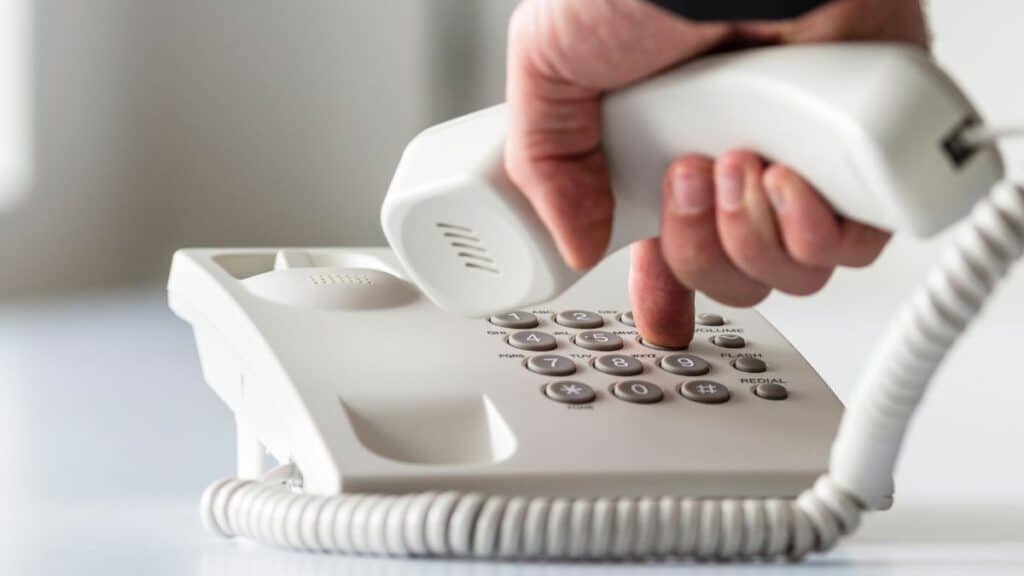Americans are cutting back in noticeable ways. Rising prices and tighter budgets have made some purchases feel unnecessary. Things that once felt routine are now skipped as people focus more on essentials. For many households, it’s a shift that reshapes how they spend day to day. Here are seventeen items many Americans are now refusing to buy.
Cable Television Subscriptions

The days of paying hundreds per month for bundled channels are fading fast. More households are switching to streaming, where they can pick specific services for far less. Cable’s rising prices and rigid plans are the top reasons consumers say they’ve cut the cord. AARP reports that millions have canceled cable in favor of cheaper, more flexible options.
💸 Take Back Control of Your Finances in 2025 💸
Get Instant Access to our free mini course
5 DAYS TO A BETTER BUDGET
Motor Homes and Big RVs

After a surge during the pandemic, RV sales have cooled. Financing costs are higher, gas prices remain steep, and maintenance isn’t cheap. What once felt like a dream purchase is now viewed as a burden by many families. According to AARP, Americans are walking away from these luxury vehicles at growing rates.
Plant-Based Meat Alternatives

Interest in plant-based meats skyrocketed a few years ago but demand has dropped sharply. Shoppers complain the products are over-processed, overpriced, and don’t taste like the real thing. Sales have slumped as consumers go back to traditional protein sources or cheaper vegetarian staples. AARP notes that plant-based burgers and sausages are no longer flying off the shelves.
Swimming Pools

Many homeowners once saw backyard pools as a dream upgrade, but fewer are installing them now. The cost of construction, upkeep, and rising utility bills makes pools less attractive. Many are opting for smaller outdoor projects that provide value without long-term expenses.
Boats

Boat ownership has become another luxury fewer Americans are willing to finance. Beyond the upfront cost, fuel, storage, and repairs add thousands each year. With budgets squeezed, many families are skipping the purchase altogether.
Furniture and Home Décor

Slower home sales mean fewer furniture purchases. Rising prices for sofas, bedroom sets, and even simple décor are causing families to hold off. Many are choosing to refresh existing pieces or shop secondhand instead of buying brand new.
Products “Made in America”

For years, “Made in America” labels carried weight, but cost is winning out. Many shoppers no longer prioritize domestic products if imports are significantly cheaper. Price, quality, and availability are driving decisions more than origin. Axios highlights research showing that the preference for American-made goods has dropped sharply.
Department Store Merchandise

Traditional department stores continue to lose ground. Consumers see higher prices and dated inventory compared to online or discount retailers. Many shoppers are heading to fast-fashion outlets or e-commerce giants instead.
New Clothing and Accessories

People are buying fewer brand-new clothes, especially fast fashion. Rising costs and poor quality have pushed consumers toward thrift stores, consignment, and higher-quality pieces that last longer. Younger shoppers, in particular, are prioritizing sustainability and value. This has reshaped the retail clothing market in recent years.
Big-Ticket Appliances

Appliances like refrigerators, ovens, and washers are lasting longer because families are repairing instead of replacing them. With prices up sharply, many households delay big purchases until absolutely necessary. Rising energy costs also factor into these decisions. Consumers are stretching the life of appliances as much as possible before buying new.
Paper Towels and Disposable Paper Goods

Disposable products are expensive to replace regularly. More families are shifting to reusable options like cloth towels and washable wipes. This change saves money over time and reduces household waste. What was once a kitchen staple is now being bought far less often.
Single-Use Plastics

Environmental awareness and local bans are reducing demand for items like plastic straws, bags, and cutlery. Many consumers now keep reusable bottles, bags, and utensils. These small changes cut both waste and ongoing household costs. Retailers are also offering fewer single-use plastics in response to regulations.
Landline Phones

Landlines have become nearly obsolete in most homes. Smartphones now cover communication, internet, and entertainment, leaving little reason to keep a landline. Even bundled service deals aren’t enough to convince families to hold onto them.
High-Cost Beauty Subscriptions

Luxury beauty boxes and expensive skincare subscriptions have taken a hit. Consumers are focusing on affordable basics and proven products instead of trendy items. The monthly cost of beauty boxes has led many to cancel. This shift reflects both tighter budgets and more practical spending habits.
Large Furniture Sets

Buying full living or dining room sets is no longer a priority. Instead, shoppers are mixing and matching individual pieces for affordability and style. This reduces the large upfront expense while still allowing customization. Changing design preferences make sets feel outdated for many households.
Expensive Seasonal Décor

Seasonal decorations once sold in bulk, but shoppers are cutting back. High prices for temporary items feel wasteful when budgets are tight. Many households now reuse what they have or turn to DIY décor. Retailers are noticing weaker sales in this category year after year.
Staple Foods at High Prices

Even essentials like eggs saw boycotts when prices soared. Shoppers walked away, substituting other options until prices came back down. Food inflation has forced many to rethink what they’ll pay for basics. New York Post reported that a third of Americans refused to buy eggs when costs peaked earlier this year.
I’m Frugal, But I’m Happy To Spend Money on These 15 Things

When living a frugal lifestyle, spending money wisely is key. It’s easy to assume frugality means avoiding all unnecessary expenses, but that’s not the case. Instead, frugal people are willing to spend money on the things that matter most to them. Here are 15 things I’m happy to spend more money on because they are important to me and align with my values. I’m Frugal, But I’m Happy To Spend Money on These 15 Things



